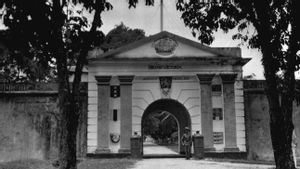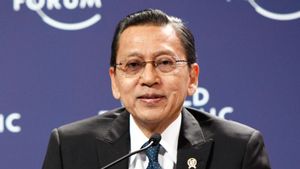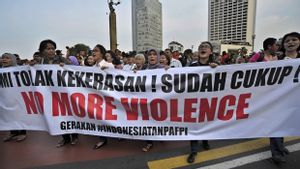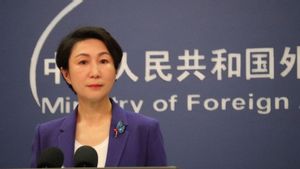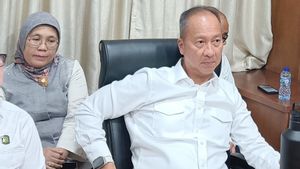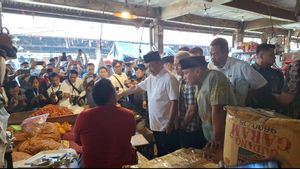JAKARTA Memories of today, 15 years ago, September 4, 2008, the administration of President Susilo Bambang Yudhoyono (SBY) registered batik to obtain the status of Non-Corruption Cultural Heritage to UNESCO. The registration was made because batik became one of Indonesia's cultural identities.
Previously, the famous batik as Indonesia's national feed began in the 1970s. There is Ali Sadikin's name behind it. The governor of DKI Jakarta in the 1966-1977 era proved that people can look cool and confident in Batik.
An entrepreneur from the New Order era, Abdul Latief, once reprimanded Ali Sadikin who was proud to wear the Philippine barong tagalong performance in 1967. Abdul Latief asked Ali not to wear Indonesian-style clothes only. Suddenly Ali replied jokingly, should he wear a sarong so that it looks like a nationalist.
Ali's answer implies the meaning that the matter of Indonesian national clothing for men is not yet known to be if it cannot be said that there is no such thing. Abdul Latief is not tired. He offered Ali to wear batik. However, Ali again joked that the clothes were identical to women, not men.
The discussion was tough, until finally Ali agreed to try wearing batik in public. Abdul Latief was then challenged by Ali to make batik which he could wear in an official celebration. He accepted the challenge.
Abdul Latief then asked Saridjah Niung Bintang Soedibio, who was popularly called by my mother Sud, to make batik specifically for Ali. In fact, Ali is happy with the batik made by Mrs. Sud. Everywhere Ali always wears batik in every official celebration of the DKI Jakarta government.
Ali is like an ambassador for batik. As a result, Ali announced that batik was appointed as the main dress in every official celebration of the DKI Jakarta government. Since then the spotlight on the camera on Ali has made the popularity of batik as a national dress known throughout the country. The activity of the batik industry has become passionate. Demand for batik appears everywhere.
In order to maintain the existence of batik, DKI Jakarta Governor Ali Sadikin on July 14, 1972 designated batik as official clothing for men in the DKI Jakarta area. This stipulation was taken as a real effort to encourage the batik industry. Ali Sadikin said: batik is typical and traditional of national clothing.
"Batik then became official national clothing, including by wearing batik by State Palace employees at the Independence Day event on August 17, 1972. A year later, in 1973, Bang Ali determined batik as one of the student uniforms in Jakarta," closed Chris Pujiastuti in his writings in Kompas Daily entitled Bangkali and Batik Fever (2017).
Ali's decision to introduce batik in fact has a big influence. Batik later became Indonesian national clothing. Every day the batik clothes are popular as Indonesian national clothes worn in every official celebration. In fact, from the level of local governments to the central government.
VOIR éGALEMENT:
The most decisive decision regarding batik also emerged during the era of President SBY's administration. The government through the office of the Coordinating Minister for People's Welfare (Menko Kesra) registered Indonesian batik as an Intangible Cultural Heritage to the UN Agency for Education, Science and Culture, UNESCO on September 4, 2008.
The journey behind the determination of National Batik Day is not a simple event. On September 4, 2008, the government of President SBY registered batik to obtain the status of ICHI (Intangible Cultural Heritage) through the UNESCO office in Jakarta.
"Registrations made by the Coordinating Minister for Welfare representing the government and the Indonesian batik community ICH (Intangible Cultural Heritage) are practices, representations, expressions, knowledge, skills, as well as instruments, objects, artifacts, and cultural spaces considered by UNESCO as part of a cultural heritage. These various cultural heritages are also commonly referred to as intangible cultural heritage, "explained Dodi Mawardi in the book Proud Indonesia Batik Into World Heritage (2021).
The English, Chinese, Japanese, Arabic, and French versions are automatically generated by the AI. So there may still be inaccuracies in translating, please always see Indonesian as our main language. (system supported by DigitalSiber.id)



